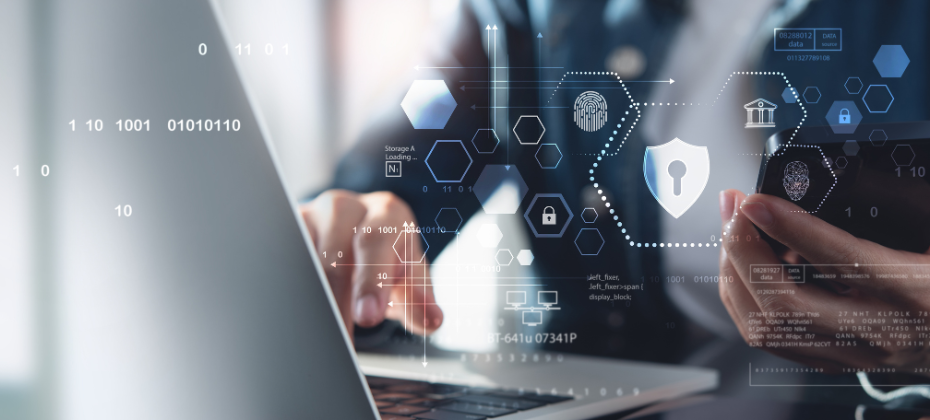 Whenever someone checks in for a flight, airport security needs to establish their identity. Prior to boarding the plane, passengers are required to show a government-issued ID. Agents check IDs for validity and compare the ID picture to the face of the person standing in front of them. This identity proofing is about making sure that would-be flyers really are who they claim to be.
Whenever someone checks in for a flight, airport security needs to establish their identity. Prior to boarding the plane, passengers are required to show a government-issued ID. Agents check IDs for validity and compare the ID picture to the face of the person standing in front of them. This identity proofing is about making sure that would-be flyers really are who they claim to be.
But what about online identity proofing? That’s much more challenging. Online banks certainly want to make sure they know a person’s identity before giving them access to their account. But for other online services, it’s fine to remain anonymous. The amount of risk involved in the engagement directly ties to the amount of verification and assurance needed for the individual.
Government agencies care very much about identity. They won’t — and shouldn’t — issue a tax refund, provide a driver’s license or allow someone to sign up for Social Security benefits before they’re certain that the claimant’s identity is verified.
Since we increasingly expect the same online user experience from government service providers as from online banks, hotel websites and retailers, this poses a challenge. How do government agencies establish a sufficient level of assurance for an online identity without sending their customers to a government office for face-to-face identity verification?
To answer this challenge, the National Institute of Standards and Technology (NIST) has developed Digital Identity Guidelines. In its latest publication, SP 800-63-3, NIST helps government agencies implement their digital services while still mitigating the identity risks that come with online service provision.
The ability to safely sign up, transact and interact with a government agency online has many benefits. Applying for something like unemployment insurance online is faster, cheaper and more convenient than using paper and waiting in line at a government field office.
And for government agencies themselves, providing online services means that they can improve customer satisfaction levels while reducing their costs and subsequent bureaucracy.
CrossCore®, was recently recognized by the independent Kantara Initiative for its conformance with NIST’s Digital Identity Guidelines for Identity Assurance (IAL2).
Our document verification solution combines authoritative sources, machine learning and facial recognition technology to identify people accurately using photo-based government identification like a driver’s license or passport. The best part? Users can verify their identity in about 60 seconds, at whatever location they prefer, using their personal smartphone.


